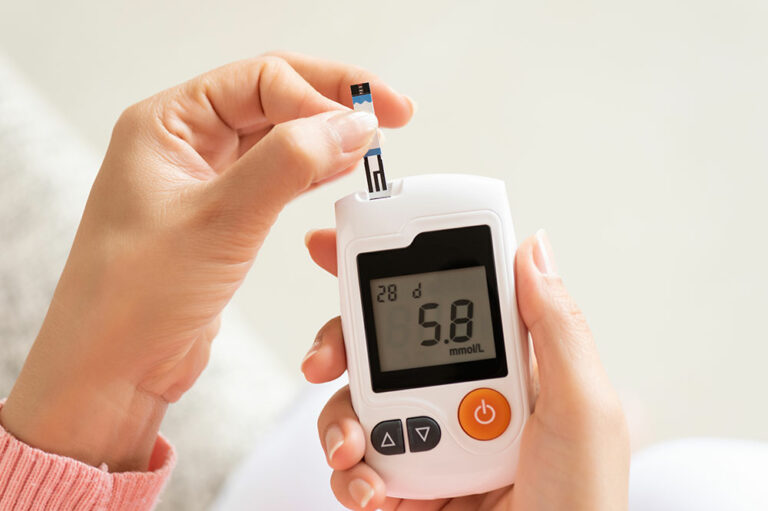
All you need to about the 2020 Toyota Tacoma
Like many people, you may also be curious to know what the new features in the 2020 Toyota Tacoma are. The latest model includes an added trim-specific grille and wheel design with upgraded and innovative technology to give you the best off-road experiences.
Here are the new features in the latest model:
- Towing and performance
Whether you want to tow your boat or side-by-sides, the new Tacoma’s Tow Package is capable of towing up to 6800 lbs. and carrying up to 1440 lbs. payload. To ensure the trailer does not sway while towing, the Trailer-Sway Control (TSC) applies brake pressure and manages torque of the engine. The Atkinson-cycle 3.5-liter V6 with direct injection perfectly blends power and efficiency for an enhanced adventure. - Off-road capability
The Tacoma TRD Off-Road’s Crawl Control is an advanced system that automatically controls the brakes and throttles to help navigate difficult terrains. The rear wheels are electronically controlled and distribute equal power to both wheels ensuring additional grip in low-traction terrain. The five-mode Multi-terrain Select (MTS) regulates wheel spin through automatic adjustment of the traction control and engine throttle. Conquer hilly terrain confidently with the Hill Start Assist Control (HAC), which is an add-on feature of the new 2020 Toyota Tacoma. The Multi-terrain Monitor (MTM) allows you to check your surroundings for any possible hindrances. The Bilstein Shocks absorb any impact on difficult terrains with its high performing components and valves that are specifically designed for the best off-road capabilities. - Safety Sense
The new Pre-Collision System with Pedestrian Detection combines millimeter-wave radars with a camera that can recognize shapes to provide a visual/audio alert of a potential collision. The Dynamic Radar Cruise Control (DRCC) utilizes front-grille-mounted radar and an inner camera to detect vehicles and their distance. The DRCC automatically adjusts the speed to maintain a preset distance and functions at speeds between 25 and 110 miles per hour (mph). When you travel at 32 mph or more, the Lane Departure Alert detects departures on clearly marked lanes. The Automatic High Beams is activated for speeds over 25 mph and uses an in-vehicle camera to detect the taillights of vehicles ahead of you and headlights of oncoming vehicles to provide the right amount of light. - Technology
Plug in your iPhone and the Apple CarPlay will allow you to receive directions, receive and send messages, make calls, and listen to your favorite playlists. The Panoramic view monitor uses front, rear, and side cameras to give a 360-degree view of external surroundings. The tailgate-mounted backup camera provides a 7-inch high-resolution display while you back up your truck. The Smart Key System allows you to lock and unlock the front doors and start the engine using the Smart Key fob so you no longer have to fumble with those keys.
The new 2020 Toyota Tacoma’s re-tooled grille design complements the stylish wheel designs available in 16, 17, and 18-inch options. Beneath the hood, the latest model retains the fuel-efficient and powerful engine powered by a 159-horsepower 2.7-liter four-cylinder engine combined with a six-speed automatic transmission that provides 23 mpg while driving on the highway.







